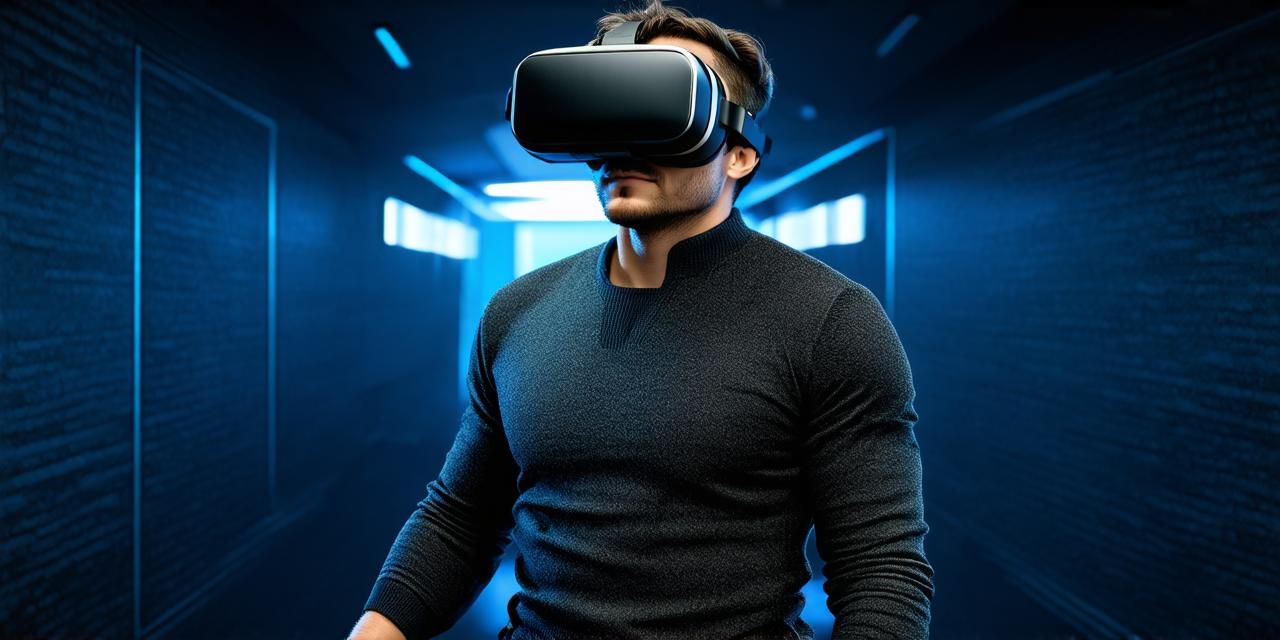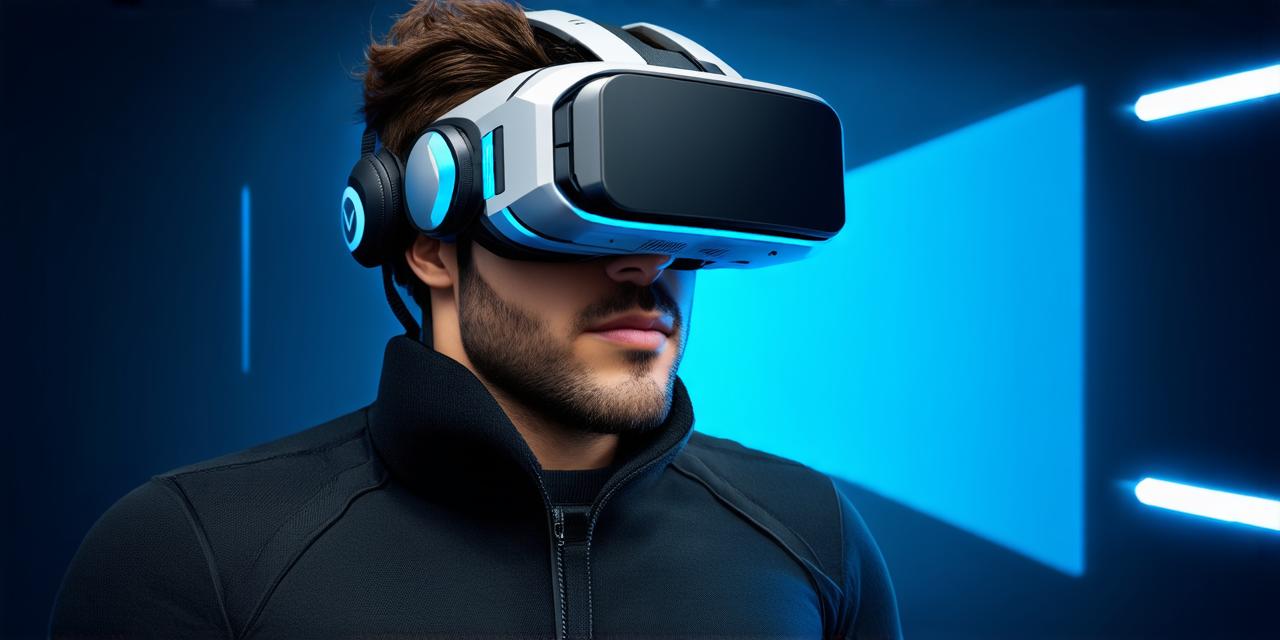Virtual Reality (VR) technology has rapidly evolved over the past few decades, offering a wide range of applications beyond entertainment and gaming. One such application is in the field of mental health, where VR therapy is becoming increasingly popular as a non-invasive, immersive treatment option for various psychological disorders.
What is Virtual Reality Therapy?
Virtual Reality Therapy (VRT) involves using VR equipment to create simulated environments that help individuals confront and manage their fears, anxieties, or traumatic experiences in a controlled and safe setting. This immersive experience allows therapists to tailor treatment plans to individual needs, providing a more personalized approach to mental health care.

Types of Virtual Reality Therapy
-
Exposure Therapy: VR is commonly used for exposure therapy, which helps individuals confront and manage their fears or anxieties by gradually exposing them to the source of their distress in a controlled environment. For example, patients with a fear of spiders can be exposed to virtual spiders at varying levels of intensity, helping them overcome their phobia.
-
Cognitive Behavioral Therapy (CBT): VR can also be used to deliver CBT, a type of psychotherapy that helps individuals identify and change negative thought patterns. By creating simulated scenarios, therapists can help patients practice new coping strategies and cognitive restructuring techniques in a safe and controlled environment.
-
Psychodynamic Therapy: VR is also being explored for psychodynamic therapy, which focuses on exploring unconscious thoughts and feelings to gain insight into behavioral patterns. By creating immersive virtual environments, therapists can help patients explore their subconscious in a way that traditional talk therapy may not be able to achieve.
Benefits of Virtual Reality Therapy
-
Increased Control: VR allows for a high degree of control over the therapeutic environment, making it easier for therapists to tailor treatment plans to individual needs and preferences.
-
Reduced Anxiety: The controlled nature of VR environments can help reduce anxiety levels in patients, as they are able to confront their fears or traumas in a safe and controlled setting.
-
Improved Accessibility: VR therapy can be accessed from the comfort of one’s own home, making it more accessible for individuals who may have difficulty attending traditional therapy sessions due to mobility issues, transportation problems, or social anxiety.
Summary
Virtual Reality Therapy is a promising new frontier in mental health treatment, offering a non-invasive, immersive, and personalized approach to addressing various psychological disorders. As VR technology continues to evolve, we can expect to see even more innovative applications of this technology in the field of mental health care.
Future Directions
Research is ongoing to further explore the potential benefits and limitations of VRT. Future studies will focus on refining VR therapy techniques, expanding the range of disorders that can be treated with VR, and improving the accessibility and affordability of this technology for individuals in need. With continued advancements in VR technology, we can look forward to a future where mental health care is more accessible, effective, and personalized than ever before.



